Camera Traps
Expanding the frontiers of wildlife photography…
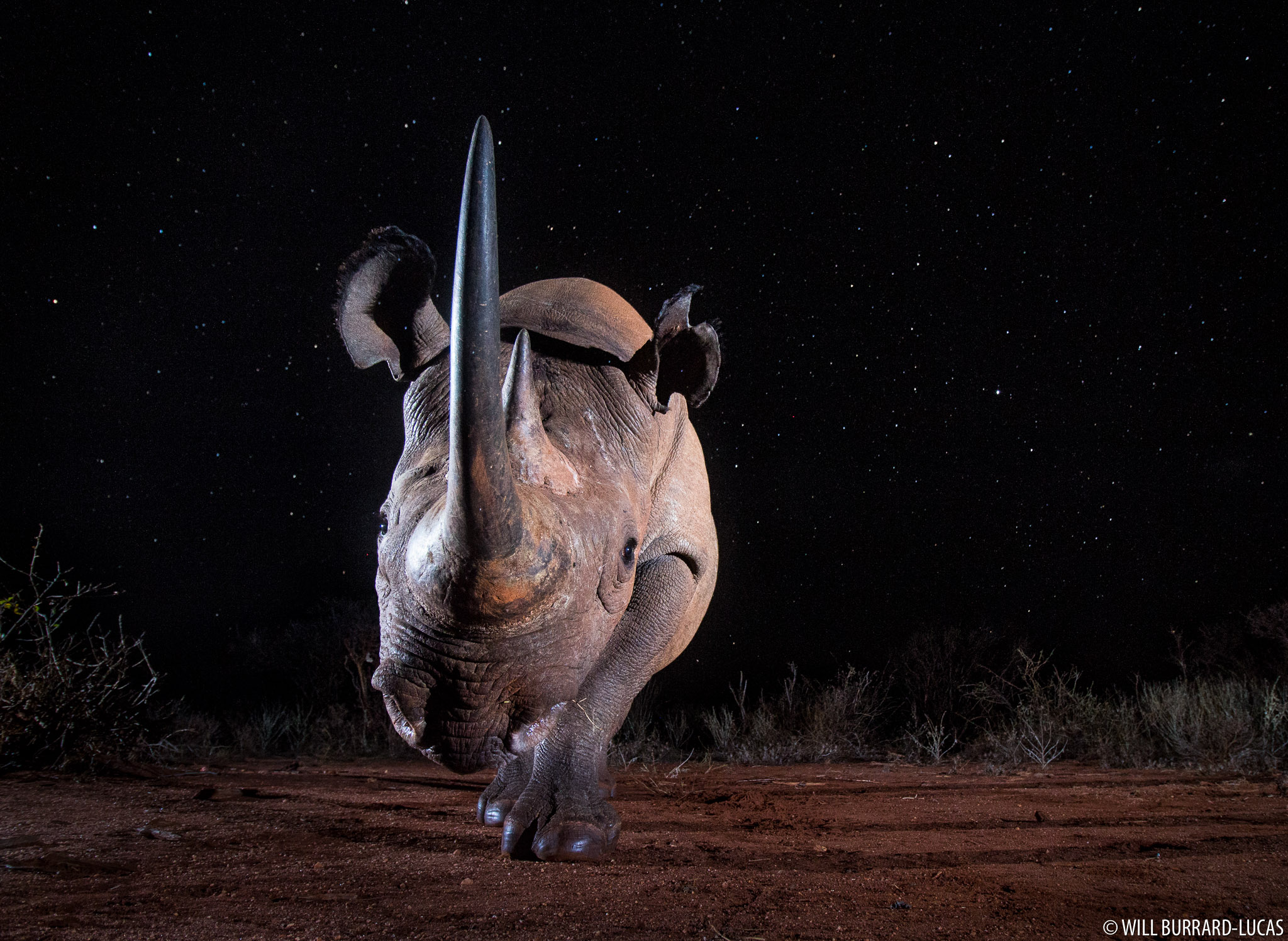
What is a Camera Trap?
Often people think of camera traps as being small, self-contained devices that scientists and conservationists might use to monitor wildlife populations. These cameras are deployed in the wild and automatically photograph any creature that might pass in front. However, the image quality from these devices is generally poor.
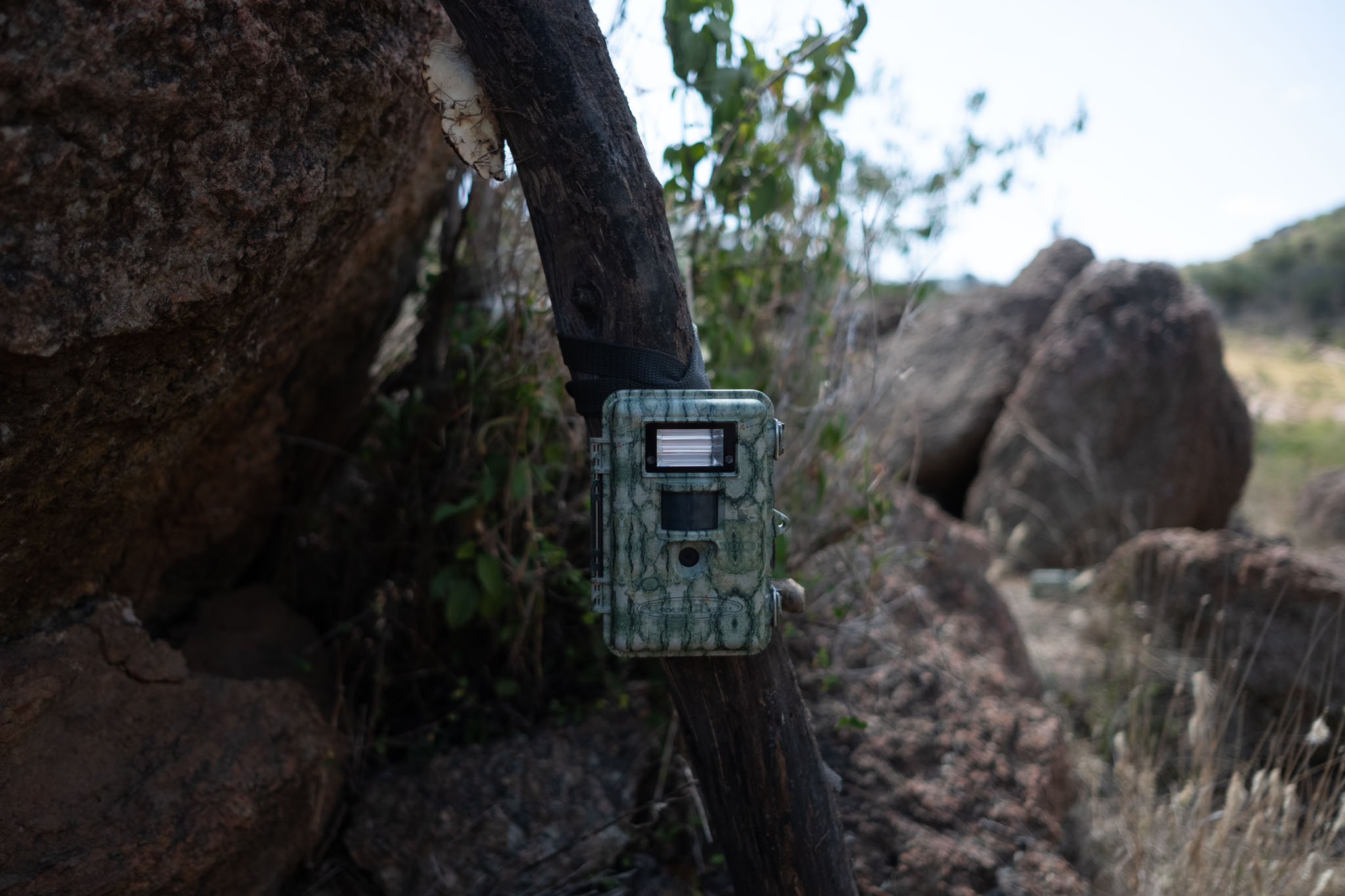
Trail cameras are great for research but the image quality is poor.
To capture high-quality camera trap images, a regular DSLR or mirrorless camera can be deployed in conjunction with a dedicated sensor and off-camera flashes. A bespoke housing keeps the equipment safe from the elements and the attention of wild animals. These camera traps have revolutionised wildlife photography and opened up exciting new frontiers in the field…
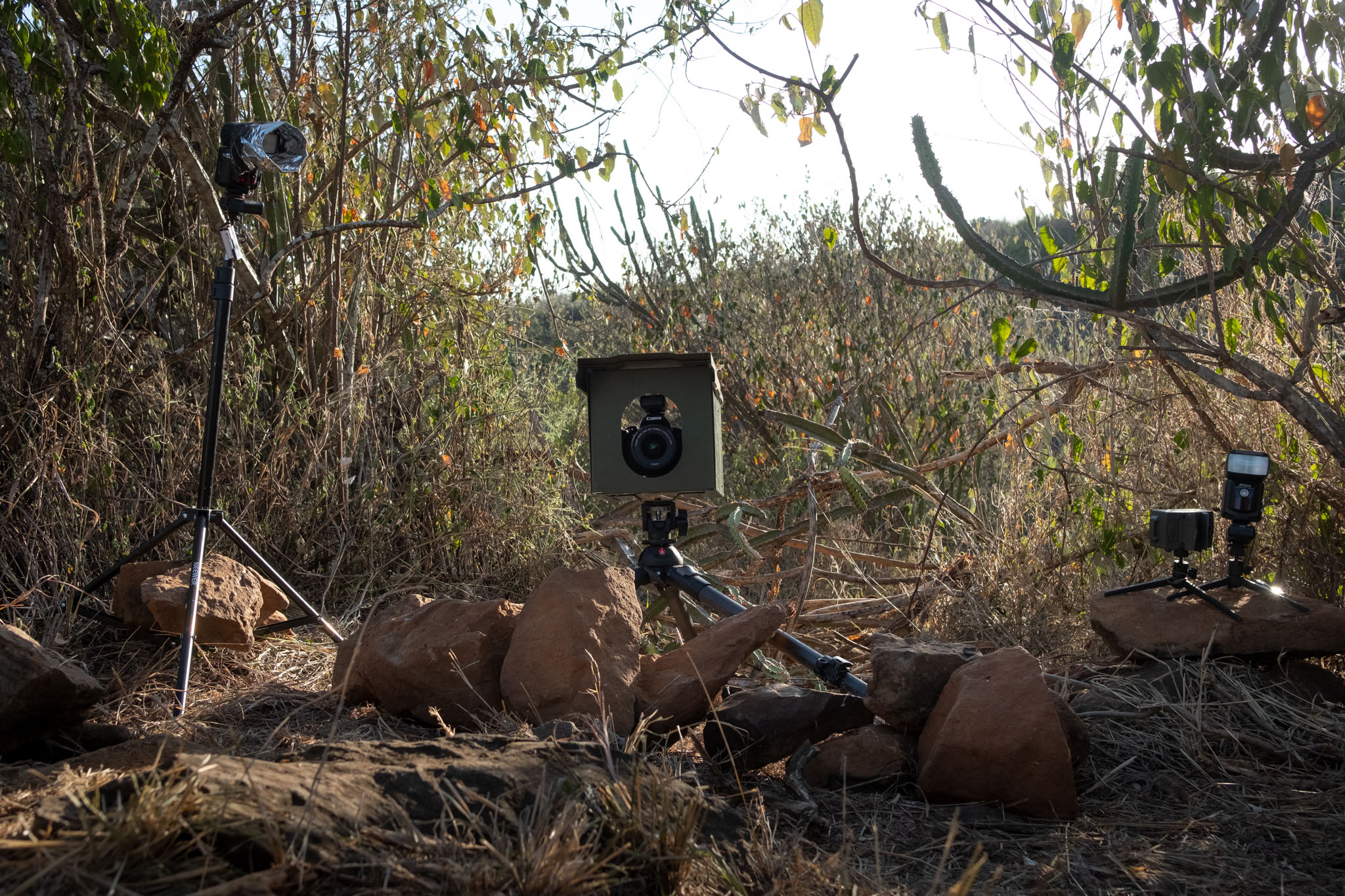
A DSLR or mirrorless camera trap produces much better results!
The Night
The majority of wildlife imagery is captured using natural light during the hours of daylight. However, much of the world’s wildlife is nocturnal and rarely photographed.
The success of a night-time photograph often depends on the lighting. Setting up effective lighting takes time, and often requires multiple lights to be set-up at different points around the subject. In practice, this needs to be done in advance, before the animal arrives on the scene. Camera traps are ideal for this, allowing the photographer to perfect the composition and lighting before leaving the camera to wait for the animal.
Combined with the incredible advances in the lowlight performance of modern digital cameras, camera traps have allowed me to capture photographs of nocturnal animals that show them in their true element.
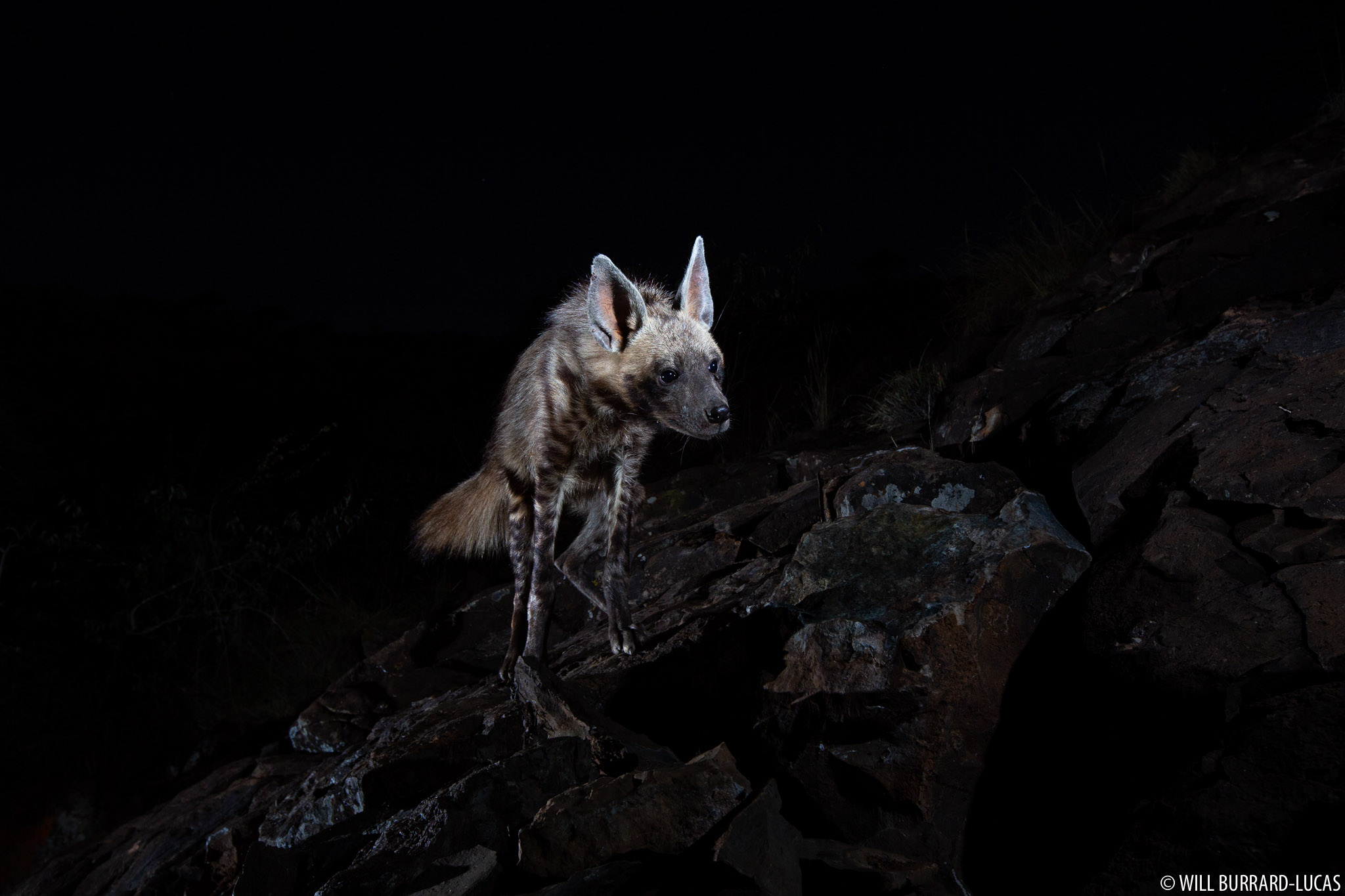
Striped Hyena, 2019
The Elusive
Some creatures are so rare or shy that someone may need to spend weeks or months searching or waiting in a hide just to catch the briefest of glimpses. Getting close enough to take a decent photograph might be impossible. However, using camera traps, achieving the seemingly impossible can become feasible – perhaps even likely.
To photograph an elusive creature using a camera trap, understanding the animal’s behaviour is critical. Following a period of research, the photographer needs to identify places the animal is most likely to visit. The more camera traps the photographer can then deploy in these places, and the longer they are left running, the greater the chances of successfully photographing the animal. Using this approach, I left between five and eight camera traps running for more than a year to capture a series of images of an African black panther – a creature so rare and elusive that only a handful had ever been photographed on the continent before.

African black leopard, 2019
More Photos
You can browse a collection of my favourite camera trap images here:
My Camera Trap System
As I was delving into the world of camera trap photography in 2012, I looked around at the available equipment and found nothing that suited my needs. I therefore decided to develop my own high-quality camera trap system.
In December 2014 I started selling the first version of the Camtraptions sensor and it soon proved popular with photographers around the world. I used this sensor in my WWF predator project.
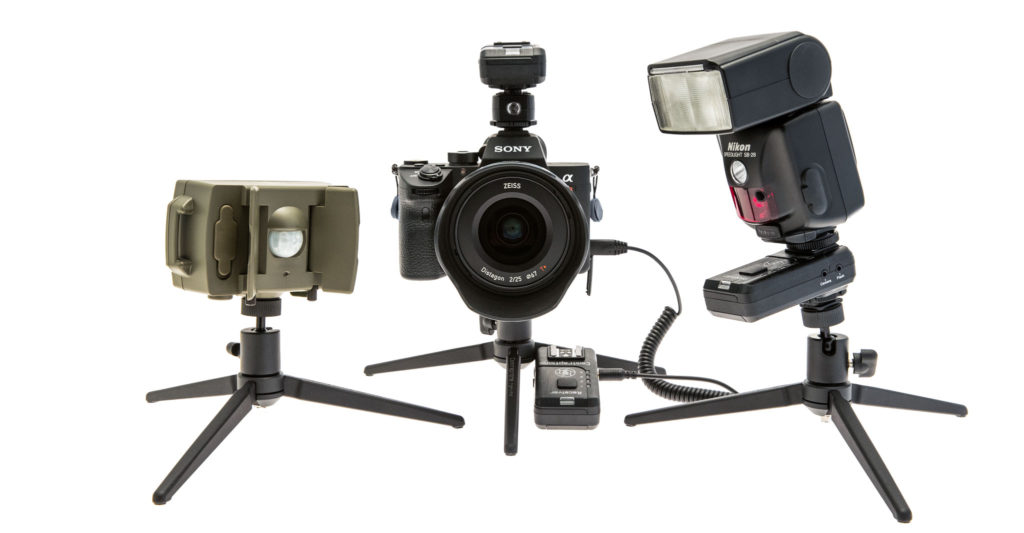
Camtraptions wireless camera trap system.
In 2017, we released the modern incarnation of the Camtraptions camera trap sensor, the ultimate realisation of my vision for a reliable, easy-to-use sensor for use with DSLR and mirrorless cameras. At the end of 2018, we released a wireless version of the same sensor.
Today, the Camtraptions sensor is at the heart of many camera trap systems around the world.

